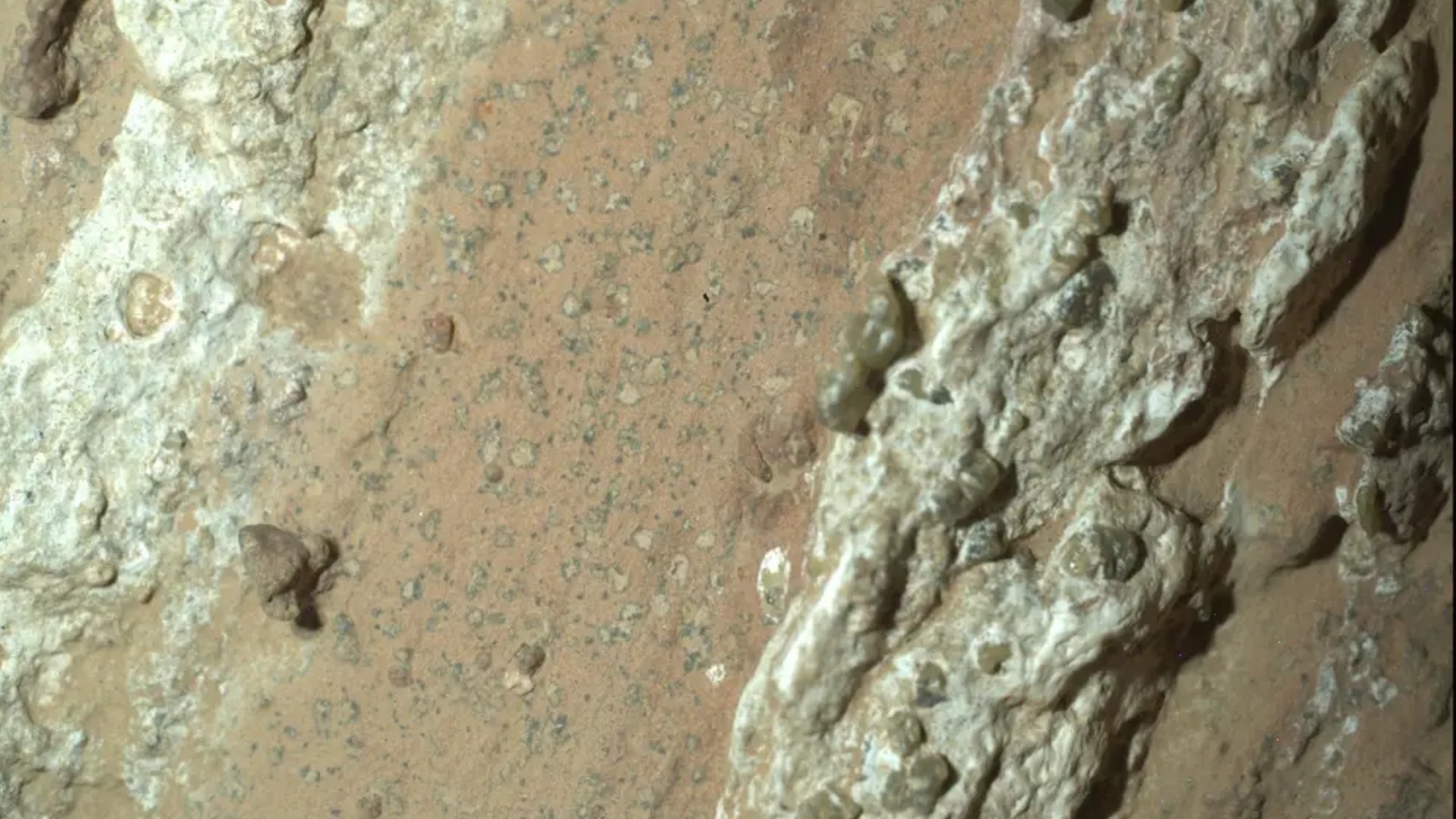Spot Hopes to Meet Consumer Imagery Demand with New Satellite
Surging demand for medium-resolution imagery is expected to propel satellite Earth observation data and services provider Spot Image over the long-awaited revenue goal of $147.8 million (100 million euros) in 2008, permitting the company to fund its badly needed next satellite from mainly private sources, Spot Chief Executive Herve Buchwalter said.
With 2007 revenues expected to reach nearly 95 million euros — a 30 percent increase over 2006 — and a pretax profit margin of better than 20 percent, Toulouse, France-based Spot Image expects to order a spacecraft this year from Astrium Satellites, with a launch in 2012.
Tentatively named Spot 6, the satellite will be based on Astrium's AstroTerra product. It is expected to cost some 200 million euros to build and launch.
The satellite is expected to have the same 2-meter resolution and 60-kilometer frame size as the current Spot 5 satellite, which was launched in May 2002 and is the company's chief breadwinner. Objects as small as 2 meters across are discernible in 2-meter-resolution imagery.
Buchwalter said Spot 5 is in good health and has sufficient fuel to remain operational well into the next decade. But he conceded that leaving a decade between the launch of its chief capital asset and the follow-on spacecraft is not without danger.
It is also something that Spot Image has never had to do before. From the Spot 1 satellite launched in February 1986 to the Spot 5 in 2002, the company has never gone more than four years without launching a new spacecraft.
Spot 6/AstroTerra has been slow in coming despite the demonstrated success of Spot 5 in part because Spot Image has no leading shareholder willing to take the risk. The French space agency, CNES, remains a 40 percent shareholder, just ahead of Astrium. But CNES has been focusing its national Earth observation resources on two high-resolution Pleiades satellites, scheduled for launch in 2010 and 2012.
Breaking space news, the latest updates on rocket launches, skywatching events and more!
Spot Image also has addressed its lack of a high-resolution satellite by securing worldwide rights to market imagery from Taiwan's Formosat-2 satellite. The company also has rights to sell data from South Korea's Kompsat-2 spacecraft outside of South Korea, the United States and the Middle East.
Spot Image officials long have maintained that the high-resolution imagery market, while growing fast, is only a piece of the total market for Earth observation data. The body of the market's demand remains for less-sharp images with larger scene size, they say. The success of Spot 5, Buchwalter said, proves that point.
"Our 2007 performance was beyond our expectations and is the result of a lot of things coming together," he said. "But if you look at our progression in the past few years, and the fact that we are maintaining high profit levels, you conclude that this is a confirmation of the strategy that was put into place over more than two decades."
Buchwalter agreed that if Spot Image was headquartered in the United States, its financial health and prospects would enable it to finance the acquisition of its next satellite without difficulty.
"The natural conservatism in Europe makes it more difficult to assemble the financial package," he said. "But what I have seen in recent months is that even some financial investors have shown an interest in this project. We do not have a contract signed now but I am confident that it will be done this year, with mainly private financing. We cannot do completely without public-sector backing, don't get me wrong. But we are at a point where we can cross over to a mainly private-sector model."
A financial investor taking a stake in Spot Image likely would demand that the next satellite be launched as soon as possible given Spot 5's current importance to the business. The company also continues to sell imagery and related products from the Spot 2 and Spot 3 satellites, launched in 1990 and 1993, respectively. But these do provide the range of products available from Spot 5.
Spot Image, CNES and Astrium in 2007 completed the design work on the Spot 6 satellite, which Buchwalter said is likely to weigh around 500 kilograms at launch and will feature momentum-control gyros instead of reaction wheels, a feature he said that will add maneuverability. The satellite's in-orbit life will be seven to 10 years.
As part of Spot Image's evolution, the company has decided to do away with most of its channel partnerships. Spot channel partners are companies that pay Spot an up-front fee and then have rights to distribute Spot products in a given geographic area.
This policy gave Spot a fixed revenue base, but also removed the company from direct contact with some of its end customers.
"The channel-partner model has reached its limits for us," Buchwalter said. "We need to be directly implanted in our markets. But we are not ending all our channel partner relationships. In Japan, for example, we will continue to work with our partner, Image One. But in most other markets, we will not be renewing the channel partner agreements."

Charles Q. Choi is a contributing writer for Space.com and Live Science. He covers all things human origins and astronomy as well as physics, animals and general science topics. Charles has a Master of Arts degree from the University of Missouri-Columbia, School of Journalism and a Bachelor of Arts degree from the University of South Florida. Charles has visited every continent on Earth, drinking rancid yak butter tea in Lhasa, snorkeling with sea lions in the Galapagos and even climbing an iceberg in Antarctica. Visit him at http://www.sciwriter.us
